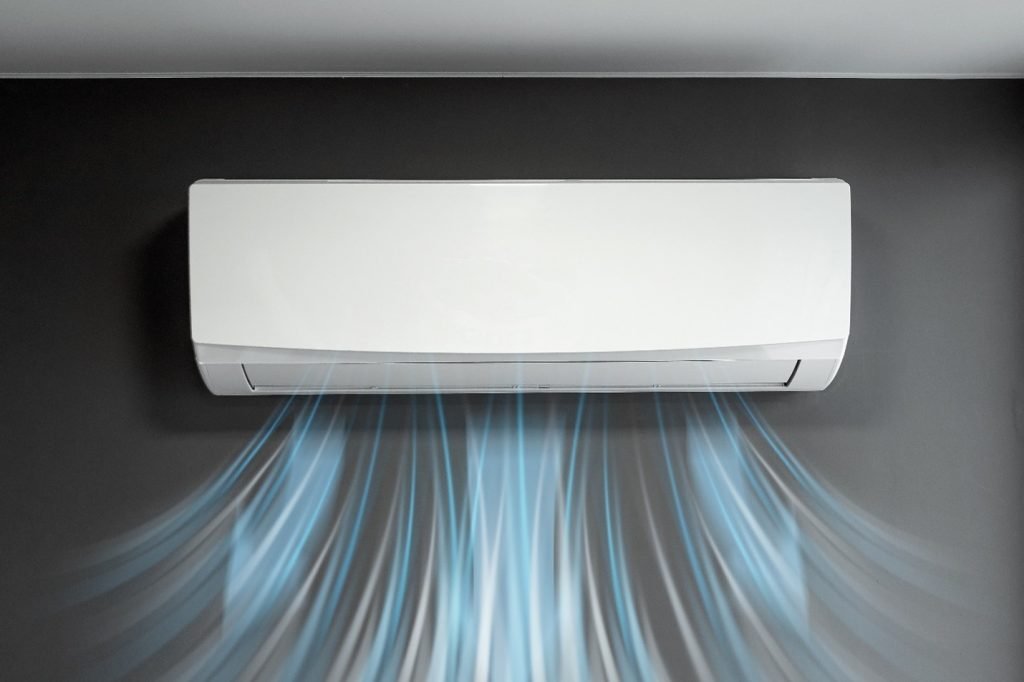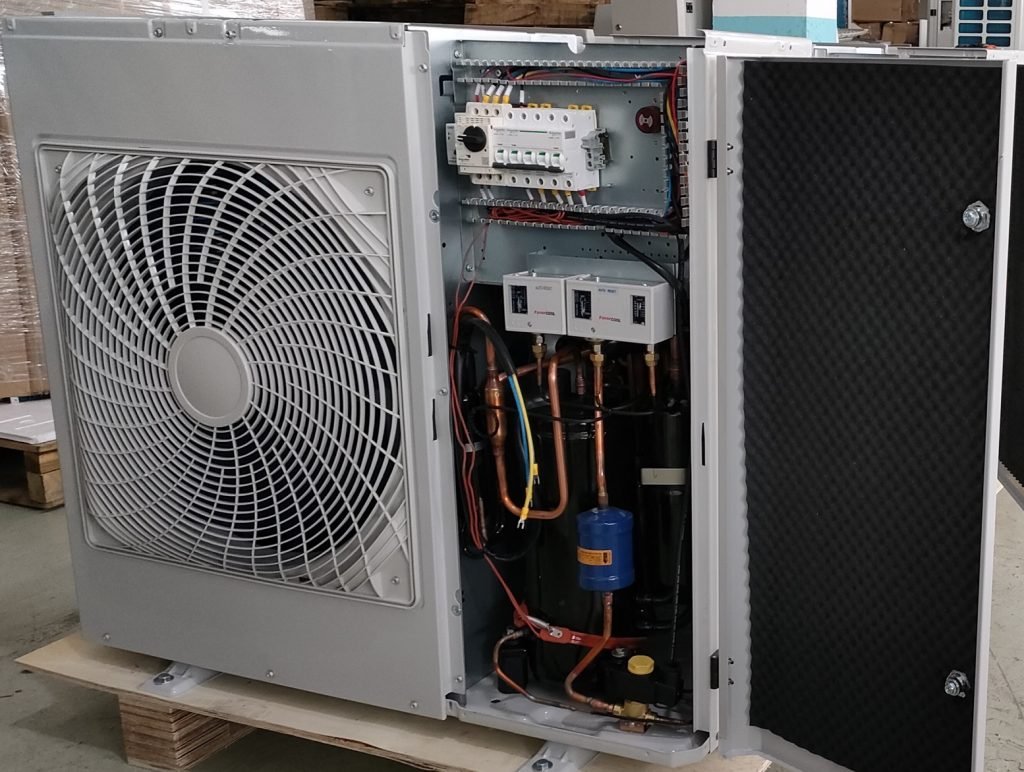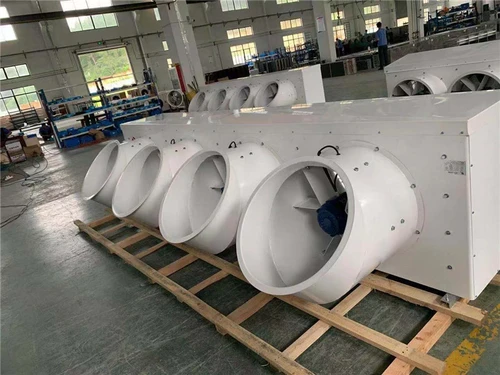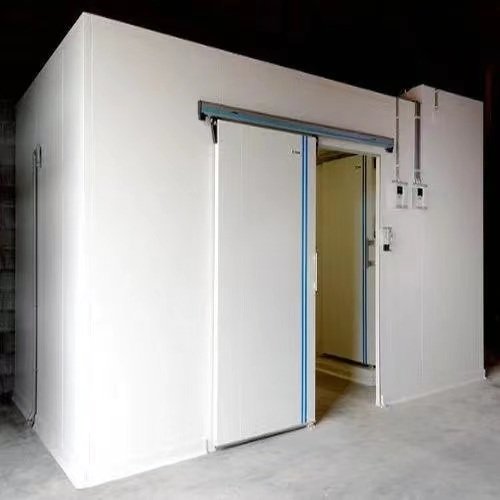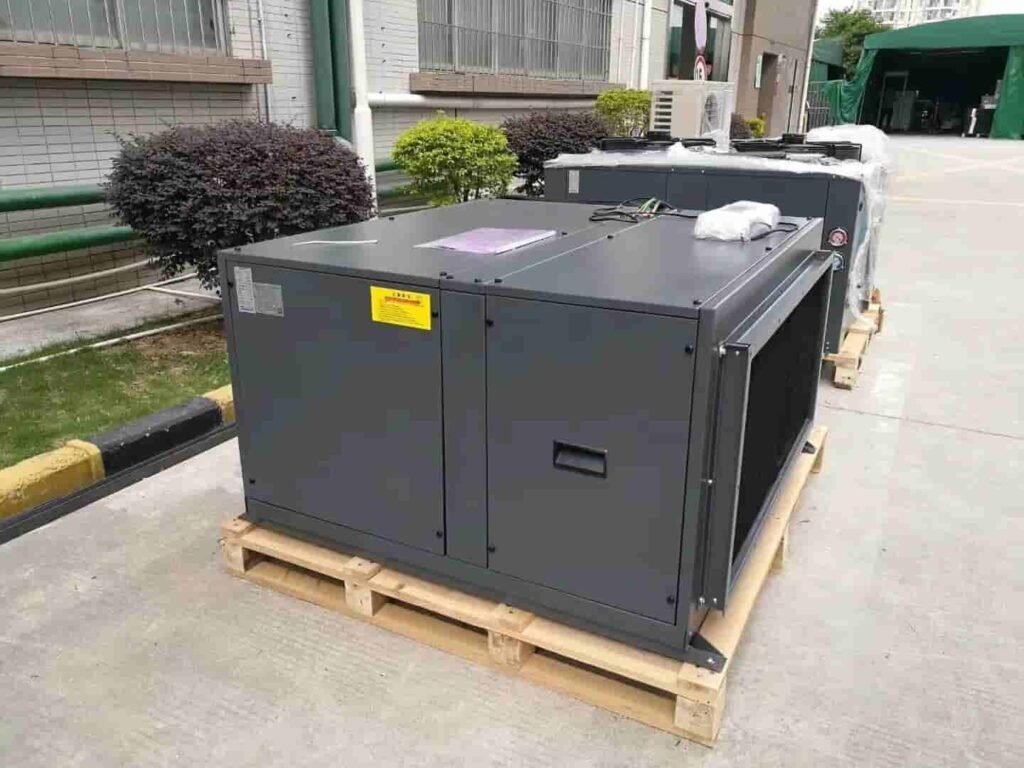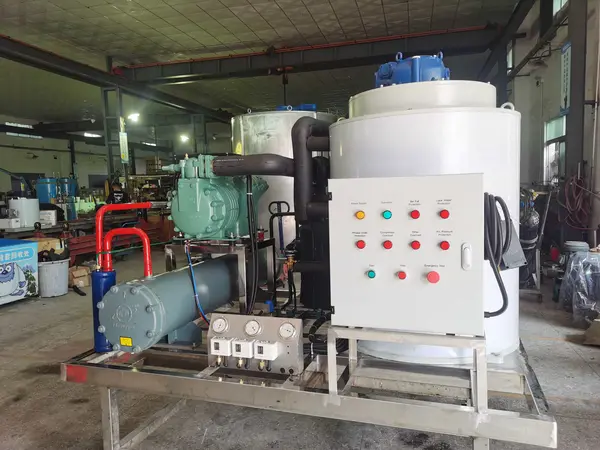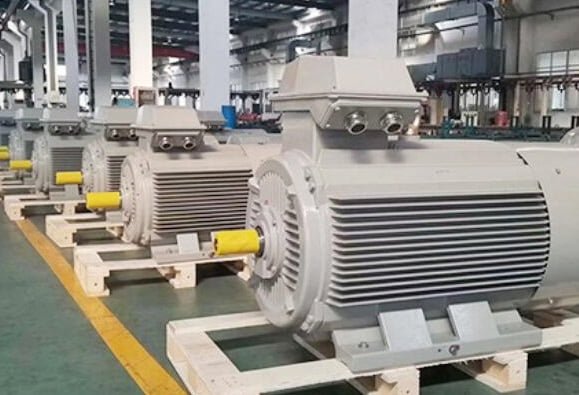Dans l'industrie du froid, la température du bulbe sec et la température du bulbe humide sont deux paramètres cruciaux. Ils influencent non seulement l'efficacité opérationnelle de climatisation systèmes mais aussi directement liés aux niveaux de confort de notre vie quotidienne.
Température du bulbe sec
Température du bulbe sec, est ce que nous appelons communément la température de l'air. Il’s la température réelle de l'air. Dans l'industrie du froid, la température du bulbe sec est un paramètre couramment utilisé dans les systèmes de contrôle automatique, utilisé pour réguler l'ouverture des vannes, ajuster les températures intérieures, et plus.
Mesure de la température du bulbe sec
La mesure de la température du bulbe sec est très simple:
–Exposer le thermomètre à l'air.
–Évitez la lumière directe du soleil et les interférences de l'humidité pour obtenir une lecture précise.
Rôle de la température du bulbe sec dans les systèmes de réfrigération
La température du bulbe sec a un impact à la fois sur notre vie quotidienne et sur le fonctionnement des systèmes de réfrigération. Par exemple:
–Pendant l'été, Les températures intérieures sèches sont réglées entre 24 °C et 26 °C pour garantir un environnement intérieur confortable..
—Systèmes de climatisation ajuste automatiquement les fonctions de refroidissement en fonction de la température de bulbe sec réglée pour maintenir les conditions souhaitées.
Température du bulbe humide
La température du bulbe humide signifie la température la plus basse que l'air puisse atteindre dans des conditions d'humidité constante. Il’s la température enregistrée lorsque l'air passe sur un tissu mouillé (saturé d'eau), provoquant l'évaporation de l'eau et l'absorption de la chaleur, refroidissant ainsi le thermomètre.
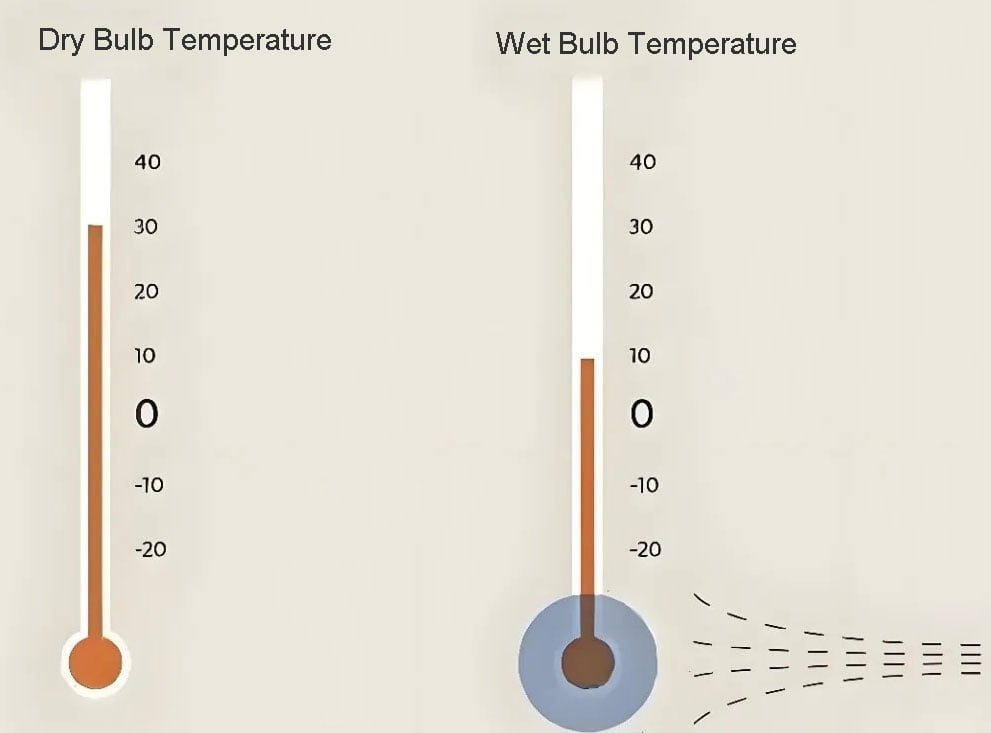
Mesure de la température du bulbe humide
Mesurer la température du bulbe humide nécessite un thermomètre spécial enveloppé dans un chiffon humide:
–Lorsque l'eau s'évapore du tissu, la chaleur est absorbée, ce qui fait que le thermomètre affiche une température inférieure à la température sèche.
Caractéristiques de la température du bulbe humide
–La température du bulbe humide est étroitement liée à l’humidité de l’air.
–Quand l'air est sec, l'eau s'évapore rapidement, et la température du bulbe humide est nettement inférieure à la température du bulbe sec.
–Quand l'air est presque saturé, l'évaporation ralentit, et la température du bulbe humide se rapproche de la température du bulbe sec.
Ainsi, la température du bulbe humide reflète non seulement les niveaux d'humidité de l'air, mais aide également à évaluer le potentiel de refroidissement par évaporation.
Applications en réfrigération
1. Réglage et contrôle de la température
Dans systèmes de climatisation, La température du bulbe sec sert de référence clé pour le réglage température intérieure, tandis que la température du bulbe humide est utilisée pour réguler l'humidité relative intérieure. En mesurant les deux, peut calculer l'humidité relative et ajuster les systèmes pour garantir un environnement intérieur optimal.
2. Évaluer les performances de refroidissement
Les variations des températures sèches et humides sont des indicateurs de climatisation performance:
–Le taux et l'ampleur de la réduction de la température du bulbe sec reflètent la capacité de refroidissement du climatiseur.
–Observer les changements de température du bulbe humide révèle le système’s déshumidification efficacité.
3. Conception et fonctionnement des tours de refroidissement
La température du bulbe humide joue un rôle essentiel dans la conception des tours de refroidissement:
–Le principe des tours de refroidissement repose sur le refroidissement par évaporation, où la chaleur est évacuée par évaporation de l'eau.
–Connaître la température extérieure du bulbe humide permet de déterminer la tour de refroidissement’s température minimale réalisable, permettant une stratégie de conception et d’exploitation efficace.
Mesure et influence des températures de bulbe sec et de bulbe humide
Mesure de la température à bulbe sec
La mesure de la température du bulbe sec est simple, il suffit de prendre des précautions contre la lumière directe du soleil et les interférences d'humidité.
Considérations relatives à la mesure de la température au bulbe humide
Vitesse du vent: La température du bulbe humide est considérablement influencée par la vitesse de l'air. Des débits d'air plus élevés améliorent l'échange de chaleur et d'humidité, conduisant à des lectures plus précises.
Radiation: Évitez le rayonnement direct pendant la mesure pour garantir la précision.
État du tissu mouillé: Le choix du tissu, taille, et le niveau de saturation du chiffon humide affecte la précision de la mesure.
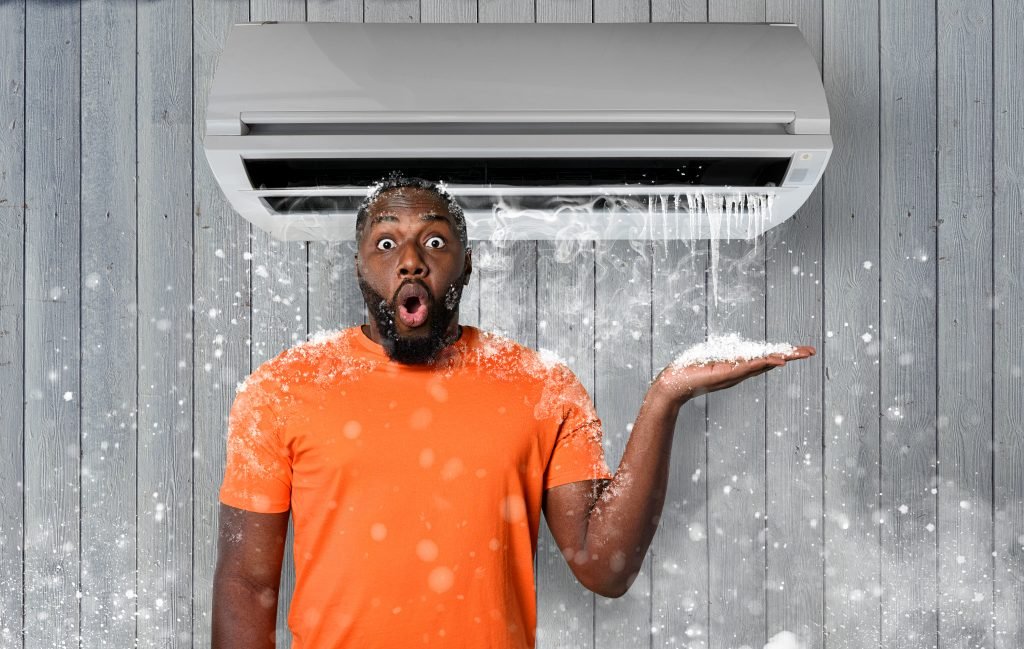
Quelle est la température du point de rosée?
La température du point de rosée n'est pas seulement une mesure cruciale de l'humidité de l'air, mais également un paramètre clé dans la conception et le fonctionnement des systèmes. équipement de réfrigération.
La température du point de rosée fait référence à la température à laquelle la vapeur d'eau présente dans l'air commence à se condenser en gouttelettes d'eau.. Sous une pression donnée, lorsque l'air humide est refroidi au point où l'humidité relative atteint 100%, la vapeur d'eau se condense en gouttelettes d'eau. A cette température, l'air est considéré comme saturé, et la condensation commence.
Ce principe repose sur la relation entre l'air saturé’s teneur en humidité et température: refroidir l'air non saturé jusqu'à son point de rosée provoquera de la condensation.
Relation entre la température du point de rosée et la réfrigération
1. Température du point de rosée dans les systèmes de climatisation
La température du point de rosée est cruciale pour contrôler l’humidité intérieure.
–Lorsque l'air passe à travers le condenseur, une partie de la vapeur d'eau se condense en gouttelettes d'eau et est expulsée, réduire l'humidité de l'air.
–Ce processus abaisse l'air’s température du point de rosée, créer un environnement confortable.
2. Température du point de rosée dans la chambre froide
Dans chambre froide, le contrôle de la température du point de rosée empêche l'humidité de se condenser à la surface des marchandises stockées, évitant ainsi la détérioration ou les dommages.
Mesure et influence de la température du point de rosée
Mesure de la température du point de rosée
Utilisez des compteurs de point de rosée ou des hygromètres spéciaux pour mesurer la température du point de rosée.. Ces instruments calculent la température du point de rosée en fonction de l'humidité relative, pression atmosphérique, et la température.
Facteurs influençant la température du point de rosée
Pression atmosphérique: Une pression d'air plus élevée augmente la pression de vapeur saturante et augmente la température du point de rosée.
Température de l'air: Des températures de l’air plus basses diminuent la pression de vapeur saturante, conduire à une température de point de rosée plus basse.
Teneur en humidité de l'air: Une teneur plus élevée en humidité dans l’air entraîne une température de point de rosée plus élevée..
Précision des instruments: La précision des compteurs de point de rosée a un impact significatif sur la précision des mesures, fournir des données fiables pour systèmes de réfrigération.
Applications en réfrigération
1. Déshumidification et Humidification
En contrôlant la température du point de rosée, systèmes de réfrigération peut soit déshumidifier, soit humidifier l'air.
–Abaisser la température du point de rosée permet déshumidification.
–Augmenter la température du point de rosée facilite l'humidification.
2. Efficacité énergétique et optimisation
Un contrôle précis de la température du point de rosée permet un fonctionnement économe en énergie des systèmes de réfrigération, minimiser le refroidissement excessif et la consommation d’énergie inutile.
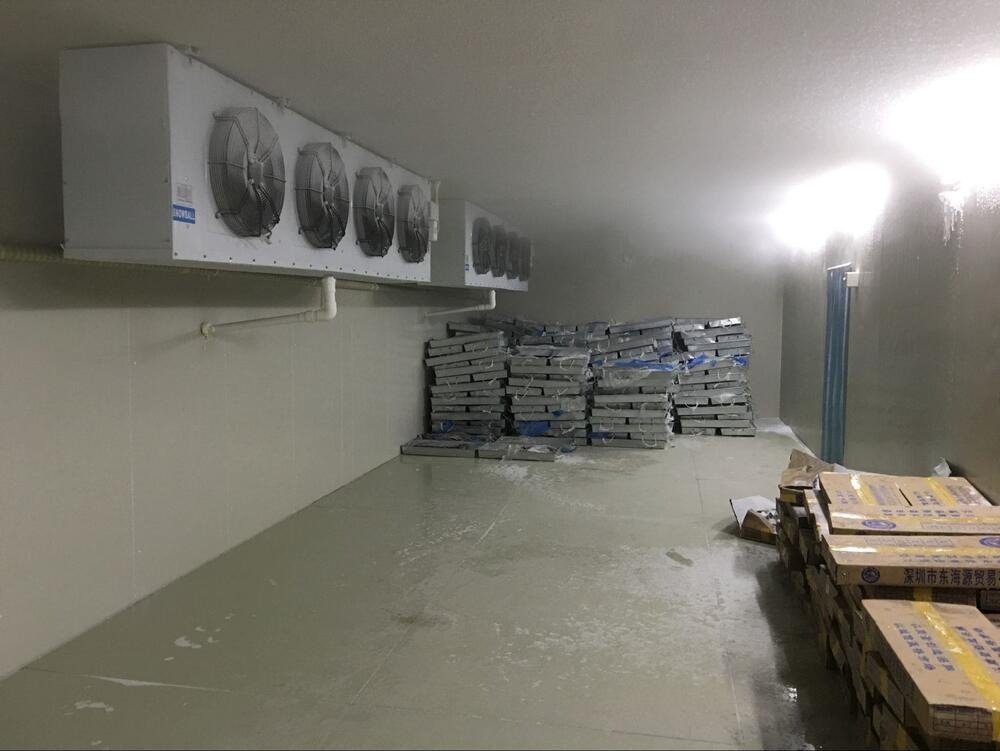
3. Sélection et conception des équipements
La température du point de rosée est un facteur clé dans la sélection et la conception équipement de réfrigération pour répondre à des exigences environnementales et opérationnelles spécifiques.
Relation entre les ampoules sèches, Ampoule humide, et températures du point de rosée
1. Ampoule sèche vs. Températures du bulbe humide
–La température du bulbe sec est toujours supérieure ou égale à la température du bulbe humide.
–La différence entre les deux (différence de température entre le bulbe sec et le bulbe humide) reflète l'humidité relative: une différence plus grande indique un air plus sec, tandis qu'une différence plus petite indique un air presque saturé.
2. Ampoule sèche vs. Températures du point de rosée
–La température du bulbe sec est toujours supérieure ou égale à la température du point de rosée..
–La différence entre les deux indique l'air’s état d'humidité: une différence plus grande signifie un air plus sec, et une différence plus petite indique une humidité plus élevée.
3. Ampoule humide vs. Températures du point de rosée
–La température du bulbe humide est supérieure à la température du point de rosée, sauf si l'air est saturé., auquel cas les deux sont égaux.
Conclusion
Ampoule sèche, bulbe humide, et les températures du point de rosée sont des paramètres essentiels dans systèmes de réfrigération, jouer un rôle essentiel dans contrôle de la température, régulation de l'humidité, et efficacité énergétique.
Explication simple comme:
Température du bulbe sec: reflète la température réelle de l'air et est utilisé pour calculer la charge thermique sensible.
Température du bulbe humide: reflète la limite de refroidissement de l'air et est utilisé pour calculer la charge thermique latente et la valeur d'enthalpie.
Température du point de rosée: reflète l'état saturé de vapeur d'eau dans l'air et utilisée pour déshumidification et contrôle de l'humidité.
Comprendre leurs relations et leurs applications permet de meilleures performances du système, améliorer le confort, et optimiser la consommation d'énergie, les rendant indispensables dans la vie industrielle et quotidienne.
Tout commentaire?
Bienvenue laisser un message ou reposter.



